Factory Tour
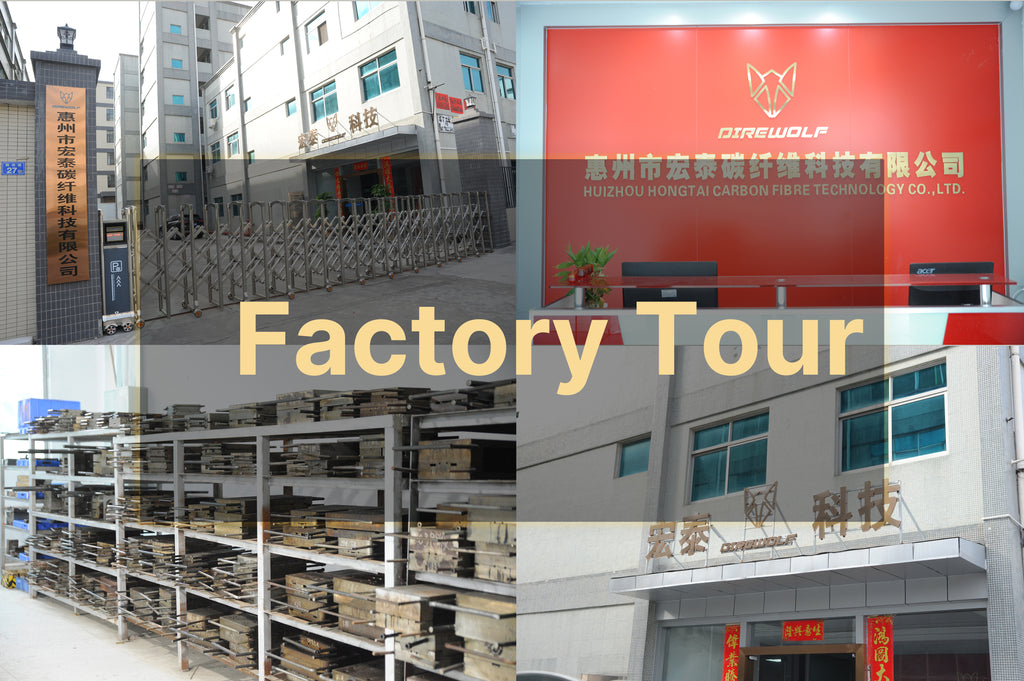 Carbon fiber bicycle frames are known for their light weight and strength, making them a popular choice among professional and amateur cyclists.
Carbon fiber bicycle frames are known for their light weight and strength, making them a popular choice among professional and amateur cyclists.
The process of turning carbon fiber raw materials into a bicycle frame is complex and involves several steps. In this article, we will go through each of these steps in detail.
1. Product Development and Design
The first step in the process of creating a carbon fiber bicycle frame is product development and design. This stage involves working closely with designers and engineers to come up with the perfect design for the bicycle frame. The design is then transferred to a computer-aided design (CAD) software program, where it can be further refined and optimized.
2. Material Procurement and Management
Once the design is finalized, the next step is material procurement and management. This involves sourcing the raw carbon fiber materials from a reputable supplier and managing the inventory of these materials to ensure there is enough to meet production demands.
3. Cutting of Carbon Cloth
After the raw carbon fiber materials are sourced and managed, the next step is the cutting of the carbon cloth. The carbon cloth is cut into the desired shape and size using computer-controlled cutting machines. This ensures precision and accuracy in the cutting process.
4. Preliminary Processing in the Preform Department
The preform department is where the preliminary processing of the carbon fiber takes place. The carbon cloth is layered in a specific way to create a preform. This preform is then transferred to the forming department.
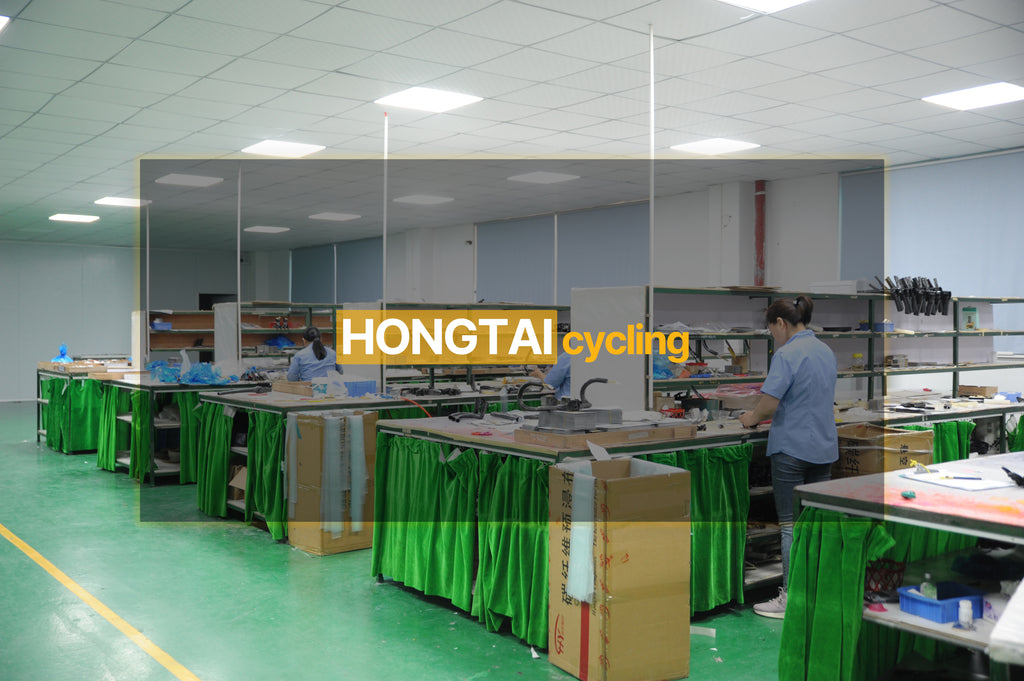
5. Forming
Forming is one of the most crucial steps in the production of a carbon fiber bicycle frame. The preform is placed in a mold and heated, causing it to take the shape of the mold. This process is called curing, and it sets the carbon fiber in its final shape.
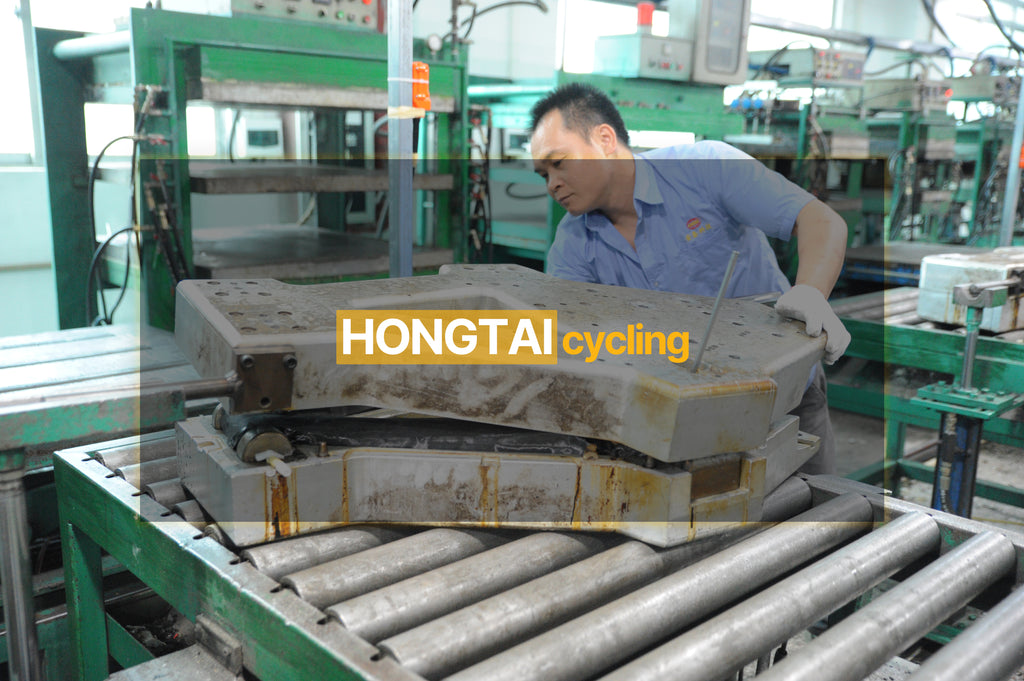
6. Product Polishing
Once the carbon fiber has been formed into the desired shape, the next step is product polishing. The frame is carefully polished to ensure a smooth and even finish.
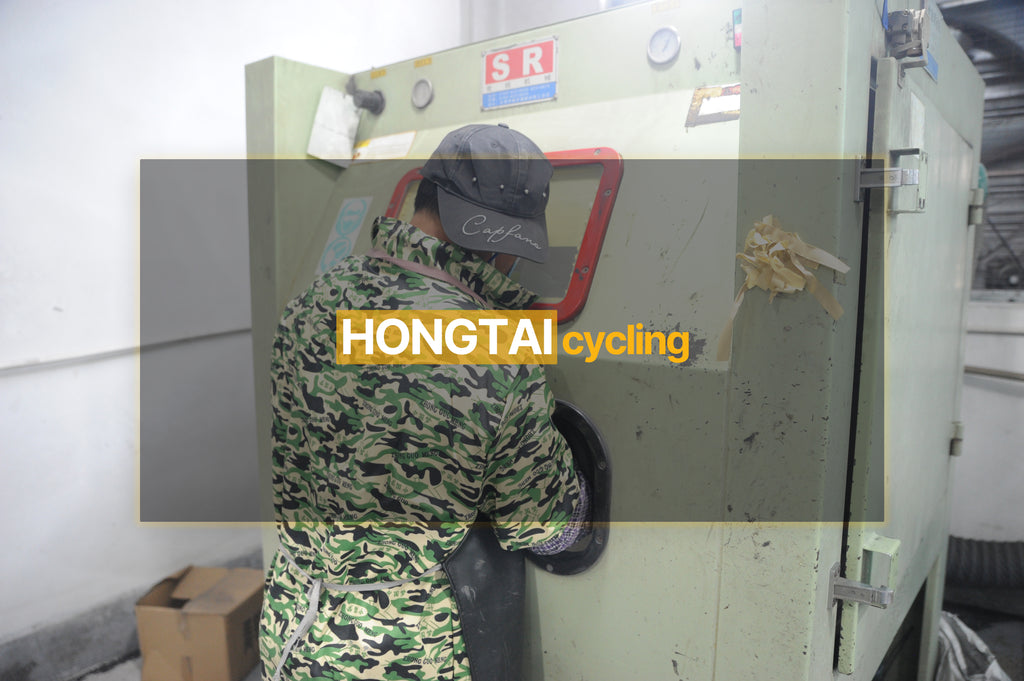
7. Product Gluing
This process involves the careful application of an epoxy resin to the joints and bonding surfaces of the frame, followed by the placement of the individual frame components. The frame is then placed in a curing oven where the heat activates the resin and solidifies the bond. This process is critical for ensuring the frame's overall structural integrity and strength, as well as preventing any unwanted flexing or movement of the frame during use. Once the frame has cured, it undergoes a final inspection before being approved for use in a high-performance bicycle.
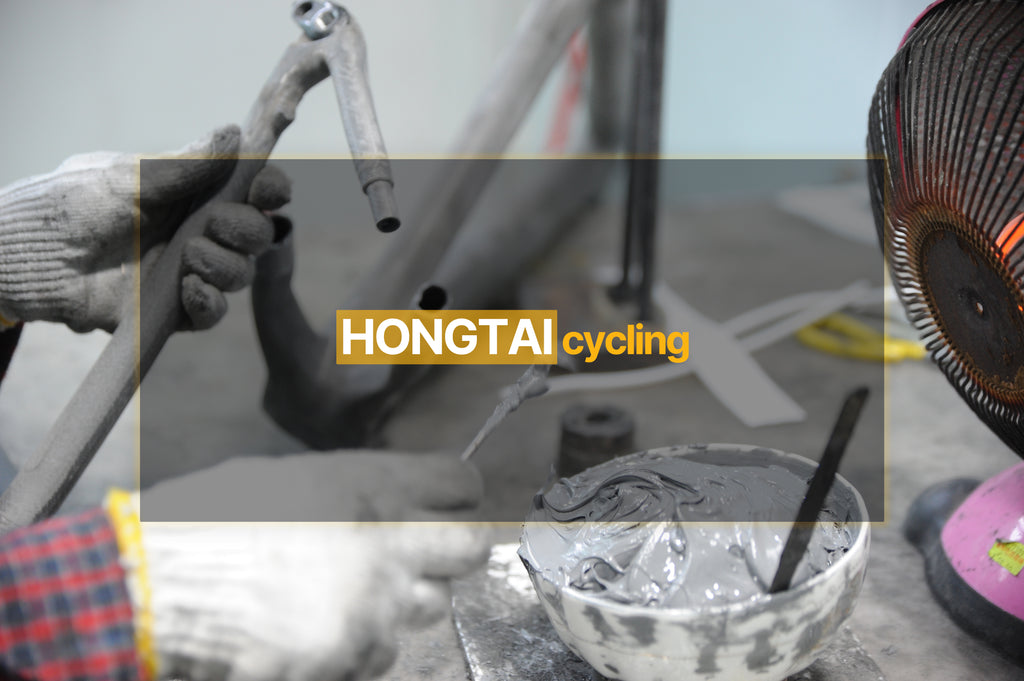
8. Product Painting
After the polishing process, the frame is ready for painting. The painting process involves applying multiple layers of paint to the frame to protect it from the elements and give it a sleek finish.
9. Quality Control and Product Testing
The final step in the production of a carbon fiber bicycle frame is quality control and product testing. The frame is carefully inspected to ensure that it meets all quality standards and specifications. It is then subjected to rigorous product testing, including stress testing and impact testing, to ensure that it is strong and durable enough to withstand the rigors of cycling.
In conclusion, the production of a carbon fiber bicycle frame is a complex and multi-step process that involves product development, material procurement and management, cutting of carbon cloth, preliminary processing, forming, polishing, painting, and quality control and product testing. By following these steps carefully, manufacturers can produce high-quality carbon fiber bicycle frames that are both lightweight and durable.